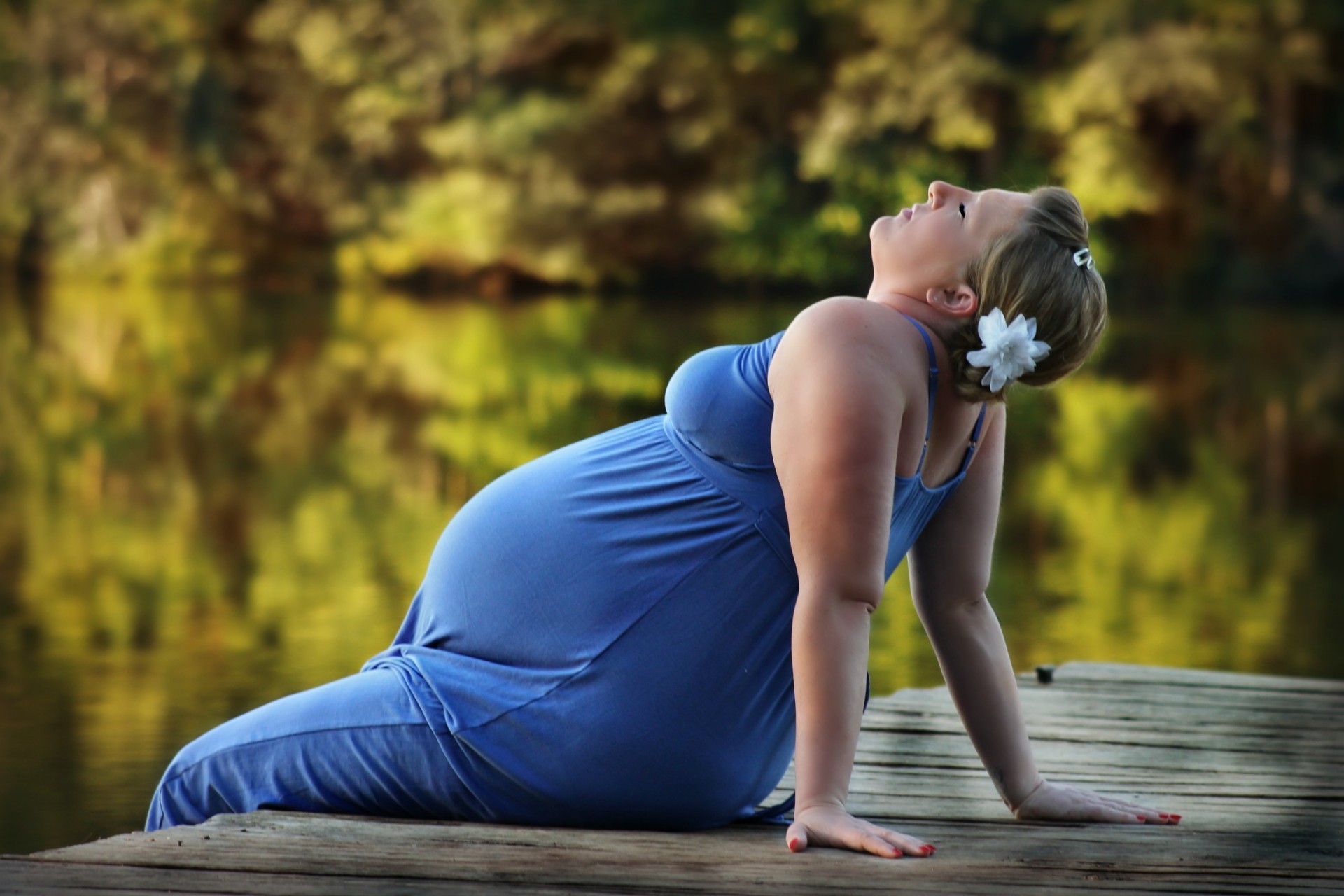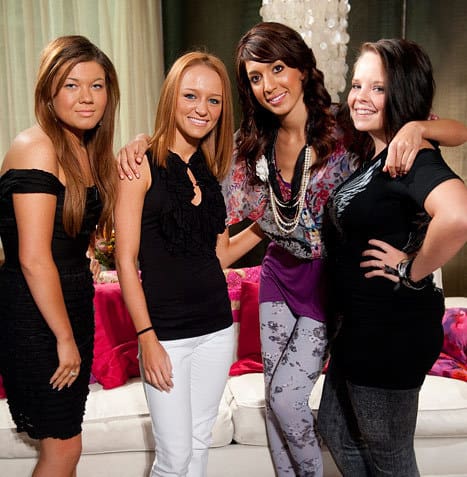In recent years, and in direct correspondence with the increased incidence rates of teenage pregnancy observed after the turn of the millennium and during the entirety of the 90s, many primetime TV shows like ’16 and Pregnant’ and ‘Teen Mom’ (which arose as a spin-off of the former televised MTV production) sought to tackle this issue head-on. These TV series, as well as other documentary videos that deal with societal problems including young-adult issues, can be easily watched through an Optimum TV Packages subscription.
How the Government & Private Agencies Factor into this Issue
Almost all public & non-governmental health regulatory institutions, like the CDC and the Pelletier Teenage Mothers’ Foundation (among many others), are mostly unanimous in their prescriptions against underage pregnancy – due in large part to the significantly increased socioeconomic and cultural pressures that young mothers with the child are forced to deal with.And this experiential dynamic holds true for both developed and developing countries.
These public-welfare agencies, as a result, vest great efforts in trying to promote the use of inexpensive contraceptive devices among teenage and young adult populations and try to acquaint them with the harrowing descriptions of raising an infant in less-than-ideal monetary and intellectually-mature circumstances. A primary motivation for these information-dissemination bodies is to educate youngsters on the heavy burdens & responsibilities that come with unwanted pregnancies and to teach them some steps to mitigate such threats from arising at the wrong time.
What the Show is all about…
16 and Pregnant first aired on TV in June 2009, based on its producers’ (which include the likes of Morgan Freeman) intent to present a realistic depiction of teenage pregnancy – in an effort to de-glamorize its appeal in the minds of adolescents and young adults. Each episode in the series lasts for about 40 – 50 minutes and portrays the real-life story of a new teen mom undergoing the rigors of pregnancy and childbirth. Most of the show participants hail from lower-income and middle class American suburban families, who have to balance their school/college, job and other social & domestic obligations against the backdrop of their burgeoning pregnancies.The said TV show (as well as others like it) spring from the ardent belief of their producers in the culturally-transformative power of popular culture – which introduces (and may seek to eliminate) certain practices and ideas concurrent with observed social practice. By portraying issues like teenage pregnancy in an overall negative light (since many people would argue that its demerits can, in a lot of cases, outnumber its positive aspects), pop-culture can help in regulating young adult behavior towards more productive and fulfilling life outcomes (which can include giving birth to children at a later point in time than high-school or college).
The ‘Lived’ Dynamics of Teen Pregnancies
Sometimes (and as evidenced by a few episode installments from the show), the highest levels of negative pressure often seem to come from the families of the pregnant teenagers themselves. Particularly in the rural areas of the United States, with higher concentrations of evangelicals, the risks associated with teenage births are compounded by the unhelpful attitudes of conservative parents and elders – who come to view their daughters’ (and sometimes sons’) sexual misdemeanors in the overtly religious tones of ‘sin’ and ‘chastisement’. On this front, there have even been a few reported cases of forced abortions or home-exiles subjected upon young pregnant mothers by their intense disciplinarian and ‘traditionally-minded’ guardians.The show’s feel, which ranges at times from witty and comical to sober, melancholy & introspective, is often described by casual surveyors as being ‘raw’ and emotionally effective. This observation seems to support the series primary goal (also alluded to above) – that of attempting to discourage young adults from practices of unsafe sex and physical consummations for infatuation’s sake. The risk of contending with a harsh existence, after all, can often prove enough for most youngsters – still in the prime of their youths, and largely unwilling to settle down seriously – from following through with their spontaneous desires.
With its last season debuting in the summer of 2014, some observers and researchers noticed a drop in the reported incidences of teenage pregnancies and attributed this decrement in childbirth to the show. Others, however, continue to remain skeptical about such correlations and think that the economic recession of the first Obama years may also have something to do with these figures.
The Show’s Incorporation in Sex Education Curriculums
In some schools in Pennsylvania, sex educators often like to hold screenings of 16 and Pregnant (and other TV series belonging to the same morally/practically-instructive genre of screened productions) in front of their classes. Since the actors portrayed within these shows are of themselves youngsters, and hail from the same sociocultural backgrounds as the pupils receiving the instructions, they prove to be more psychologically relatable.When considered in retrospect (and based on all the points highlighted in this post), there can be no doubt that shows like ’16 and Pregnant’ are essentially concerned with discouraging teenage pregnancies. And their continued screenings can play a major role in helping public administrators and officials turn the tide of underage births within their communities.
To watch 16 and Pregnant, search for cable tv providers in my area today (just in time to watch the gripping drama unfold)…















